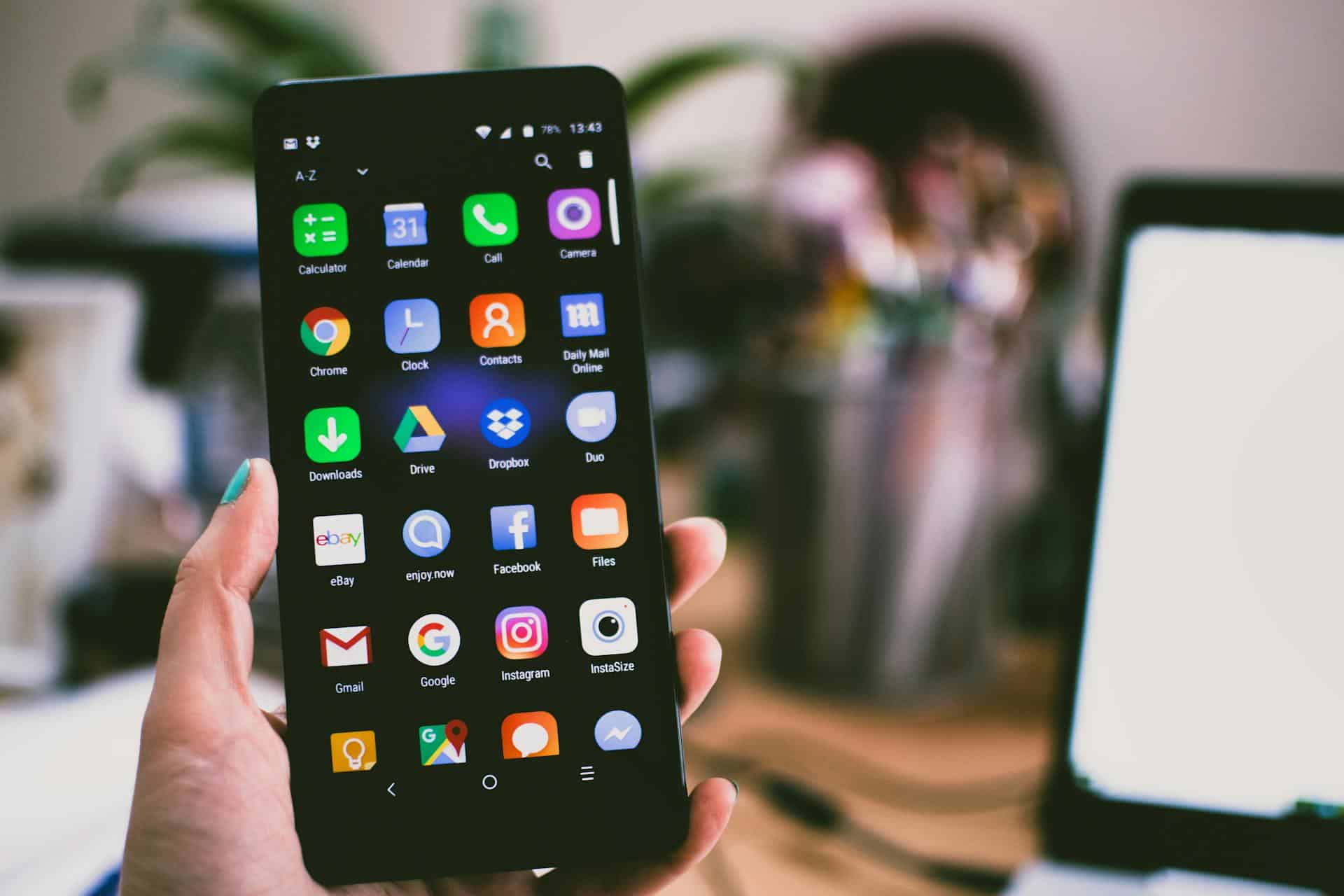
Can You Use Your Smartphone to Create and Manage a Home Automation System?
In today’s fast-paced world, technological advancements have seamlessly integrated into our daily lives, transforming the very essence of our homes. One of the most exciting developments is the evolution of smart homes. These innovative spaces are defined by their interconnected smart devices and IoT systems, which can be effortlessly controlled by your smartphone. But can you truly create and manage a home automation system using just your smartphone? Let’s delve into this topic and uncover the possibilities.
Welcome to the future, where home automation is not just a concept, but a reality. Smart homes are designed to offer convenience, efficiency, and enhanced security. By integrating a variety of smart devices, you can automate and control almost every aspect of your home. From lighting and climate control to security systems and smart hubs, the possibilities are endless.
Dans le meme genre : What Are the Steps to Use Your Smartphone for Creating a Smart Home Office Setup?
The backbone of any smart home lies in its array of IoT devices. These smart devices are interconnected through an automation system that allows them to communicate and work together seamlessly. Google Home, for example, is a popular platform that centralizes the control of multiple smart devices using Google Assistant. The beauty of these systems is that they can be managed entirely from your smartphone, providing you with unprecedented control over your home.
By leveraging app development advancements, developers have created intuitive home apps that serve as the command center for your smart home. These apps allow users to control, monitor, and automate their home devices from anywhere in the world using your phone. This level of control not only enhances convenience but also contributes to energy efficiency and enhances home security.
A voir aussi : How to Use Your Smartphone to Manage and Optimize a Smart Home Solar Panel System?
Setting Up Your Smart Home Using Your Smartphone
Creating a smart home starts with choosing the right smart devices that align with your needs. The first step involves selecting a smart hub that will act as the central point of control. Google Home is a popular choice due to its seamless integration with Google Assistant and compatibility with a wide range of IoT devices. Once you have your smart hub, the next step is to begin integrating smart devices.
Your smartphone will play a crucial role in the setup process. Most smart devices come with dedicated apps that guide you through the installation and integration process. For instance, if you’re setting up a smart thermostat, the app will walk you through connecting it to your home’s Wi-Fi network and configuring it to work with your smart hub. This process is usually straightforward and does not require technical expertise.
Once you have set up your smart devices, the next step is to configure your home automation system. This involves creating routines and schedules that automate various tasks. For example, you can set your smart lights to turn on automatically at sunset or create a morning routine that adjusts the thermostat, turns on the lights, and starts your morning playlist. All of this can be done through the home app on your phone.
The home app also allows you to monitor the status of your smart devices in real-time. You can receive notifications if there are any issues, such as a security breach or a malfunctioning device. This level of control and monitoring ensures that your smart home operates smoothly and efficiently.
Leveraging Voice Control with Google Assistant
One of the standout features of modern smart homes is the ability to control your devices using voice commands. Google Assistant is a powerful tool that enables voice control, making it easier than ever to interact with your smart home.
To get started, you’ll need to ensure that your smart hub and smart devices are compatible with Google Assistant. Once everything is set up, you can use voice commands to perform a wide range of tasks. For example, you can say, “Hey Google, turn off the living room lights,” or “Hey Google, set the thermostat to 72 degrees.” The automation system will execute these commands instantly, providing you with hands-free control over your home.
Voice control extends beyond simple commands. You can create custom routines that execute multiple actions with a single voice command. For instance, saying “Hey Google, good night” can trigger a routine that turns off the lights, locks the doors, and sets the thermostat to a comfortable temperature. This level of automation adds a layer of convenience and efficiency to your daily life.
Moreover, Google Assistant can integrate with other services and platforms, allowing you to control not just your smart devices, but also access information and perform tasks. For example, you can ask Google Assistant to check the weather, set reminders, or even control your smart TV. This versatility makes Google Assistant an invaluable tool for managing your smart home.
Enhancing Home Security with Smart Devices
Home security is a top priority for many homeowners, and smart devices offer advanced solutions to protect your home. From smart cameras and doorbells to motion sensors and smart locks, these IoT devices provide comprehensive security systems that can be controlled and monitored from your smartphone.
Smart cameras, for instance, allow you to keep an eye on your property in real-time. You can receive alerts and view live feeds directly on your phone, ensuring that you always know what’s happening around your home. Smart doorbells with built-in cameras provide an additional layer of security by allowing you to see and communicate with visitors before opening the door.
Smart locks offer convenience and enhanced security by allowing you to lock and unlock doors using your smartphone. You can also create temporary access codes for guests, ensuring that only authorized individuals can enter your home. Integration with Google Assistant means you can use voice commands to lock your doors, adding an extra layer of convenience.
Motion sensors and smart alarms are other essential components of a home security system. These devices can detect unusual activity and send instant alerts to your phone, enabling you to take immediate action if necessary. You can also integrate these sensors with other smart devices to trigger automated responses, such as turning on lights when motion is detected.
The home app serves as the command center for your home security system, allowing you to monitor and control all your smart devices from a single interface. This level of integration ensures that your home is well-protected and gives you peace of mind, knowing that you can respond quickly to any security threats.
The Future of Home Automation and Energy Efficiency
As technology continues to evolve, the future of home automation looks promising. One of the key areas of focus is energy efficiency, and smart homes are at the forefront of this movement. By leveraging smart devices and IoT systems, homeowners can significantly reduce their energy consumption and lower their utility bills.
Smart thermostats, for example, learn your preferences and adjust the temperature automatically to optimize energy usage. They can also detect when you’re not at home and switch to an energy-saving mode, ensuring that you’re not wasting energy when it’s not needed. Smart lighting systems can also contribute to energy efficiency by adjusting the brightness based on natural light levels and turning off lights in unoccupied rooms.
Home automation systems allow you to monitor and track your energy usage in real-time. The home app provides detailed insights and reports, helping you identify areas where you can make improvements. By understanding your energy consumption patterns, you can make informed decisions to optimize your energy usage and reduce your carbon footprint.
The integration of renewable energy sources, such as solar panels, with smart home technology is another exciting development. Homeowners can now monitor the performance of their solar panels and manage energy storage systems through their smartphones. This integration not only enhances energy efficiency but also promotes sustainability and reduces reliance on traditional energy sources.
In addition to energy efficiency, the future of home automation will see further advancements in IoT devices and voice control technologies. As smart devices become more sophisticated and interconnected, the possibilities for automating your home will continue to expand. The convenience, efficiency, and security offered by smart homes will undoubtedly become an integral part of our daily lives.
In conclusion, the answer to the question "Can You Use Your Smartphone to Create and Manage a Home Automation System?" is a resounding yes. Your smartphone is a powerful tool that enables you to create, manage, and control a smart home with ease. By leveraging smart devices, IoT systems, and home apps, you can transform your home into an efficient, secure, and convenient living space.
From setting up and configuring smart devices to leveraging voice control with Google Assistant and enhancing home security, your smartphone offers unparalleled control over every aspect of your home. The future of home automation promises even greater advancements, particularly in energy efficiency and sustainability.
As we move forward, embracing these technological innovations will not only enhance our quality of life but also contribute to a more sustainable and efficient future. So, take advantage of the power of your smartphone and embark on the exciting journey of creating and managing your smart home.
